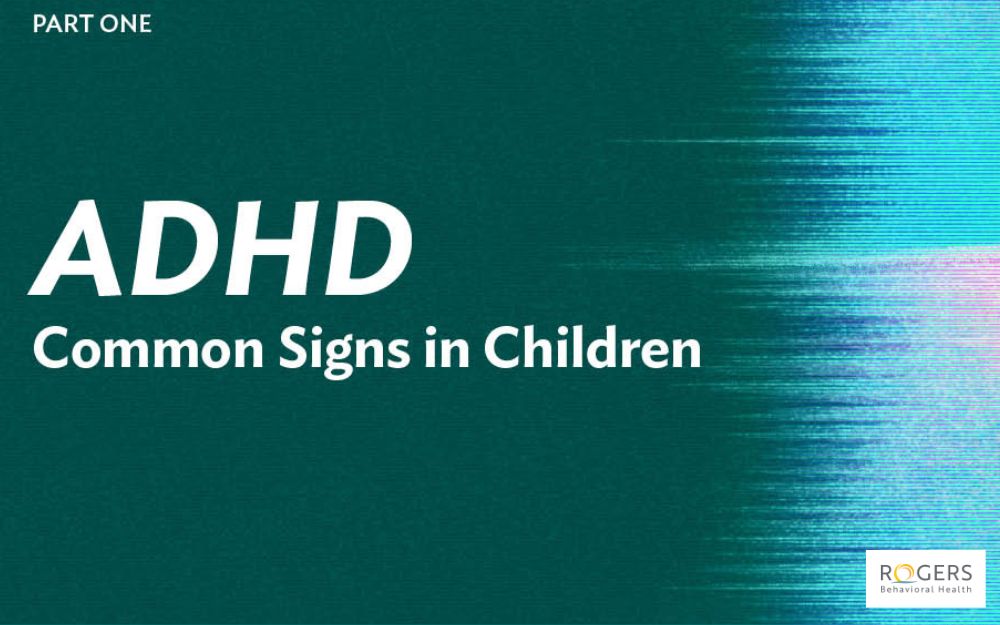How Rogers incorporates the 12 steps in addiction treatment
Posted on 08/31/20 02:43:pm
Share this article:
Addiction treatment can be life-changing and oftentimes lifesaving for those in need. While there are many components of effective treatment, the 12 steps can be crucial to sobriety and long-term recovery.
"The 12 steps are not just about recovery from addiction, but a recipe for living a more satisfying life," explains Dr. Kristin Simons, president of the Herrington McBride Alumni Association Board. "They teach us to take personal responsibility by admitting when we are wrong and apologizing when warranted, to be accountable for our actions, and to reflect on how we can be better people."
What are the 12 steps?
The 12 steps were originally written in 1938 by the co-founder of Alcoholics Anonymous, Bill Wilson, reflecting the positive experience he had when sharing his struggles with alcoholism with others.
While they were originally associated with AA, today the 12 steps are a basis for achieving and maintaining recovery from all types of addiction. They may also be incorporated when treating some emotional disorders. For this reason, the first step may be modified to best fit each individual.
The 12 steps are:
- We admitted we were powerless over alcohol—that our lives had become unmanageable.
- Came to believe that a Power great than ourselves could restore us to sanity.
- Made a decision to turn our will and our lives over to the care of God as we understood Him.
- Made a searching and fearless moral inventory of ourselves.
- Admitted to God, to ourselves, and to another human being the exact nature of our wrongs.
- Were entirely ready to have God remove all these defects of character.
- Humbly asked Him to remove our shortcomings.
- Made a list of all persons we had harmed, and became willing to make amends to them all.
- Made direct amends to such people wherever possible, except when to do so would injure them or others.
- Continued to take personal inventory and when we were wrong promptly admitted it.
- Sought through prayer and meditation to improve our conscious contact with God as we understood Him, praying only for knowledge of His will for us and the power to carry that out.
- Having had a spiritual awakening as the result of these steps, we tried to carry this message to alcoholics, and to practice these principles in all our affairs.
How are the 12 steps used in treatment at Rogers?
Inpatient – Those in inpatient treatment are provided with a "When and Where" list of Al-Anon, AA, and Narcotics Anonymous (NA) meetings in the area. Patients may also take part in support sessions with their social workers and sponsors.
Residential – The 12 steps are an integral part of residential treatment at the Herrington Center for Addiction Recovery. The Rogers team introduces the concept during group and individual therapy to help patients understand that while they cannot change other people, places, or things, they can change how they respond. Families are encouraged to become involved, and residents are connected to a sponsor who is working the steps, has completed treatment at Herrington, and is now living a healthy life free from alcohol and drugs.
Outpatient – During outpatient addiction treatment at Rogers, each patient is asked to try at least one 12 step group. Additionally, speakers from the Herrington McBride Alumni Association regularly speak to treatment groups to share their stories and to help connect current patients with a local sponsor.
Addiction treatment at Rogers
If you or someone you love is struggling with addiction, help is available at Rogers. With inpatient and residential care in Wisconsin and outpatient treatment at locations throughout the country, recovery is possible. Call 800-767-4411 or request a free, confidential screening online.



